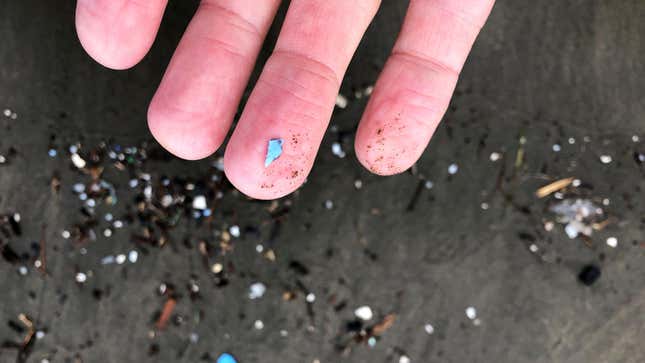
Scientists first found microplastics, those tiny pieces of plastic smaller than 5 millimeters, on British beaches in 2004. In the 20 years since, the world has watched on in horror as microplastics began turning up in virtually every nook and cranny on the planet. Today, we’ve got far-from-complete list that gives you an idea of just how bad things have gotten.
There’s still much we don’t know about what microplastics are doing to ecosystems and our bodies, but recent studies suggest they can cause behavioral changes in mice, heart problems in humansand perhaps even human infertility. One study found that humans eat at least 50,000 plastic particles a year. As Gizmodo has explained before, it’s a waste of time to try to extract microplastics from our environment if we continue producing plastic at the same levels we always have.
So where, exactly, are we finding microplastics? The list below includes some of the most concerning locations, either because of the implications for our health or because they reveal just how omnipresent the contamination is.
This list will be periodically updated as new research detects microplastics in more places.






